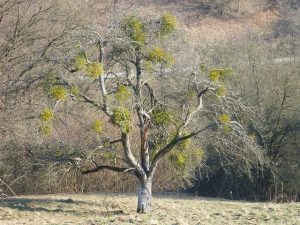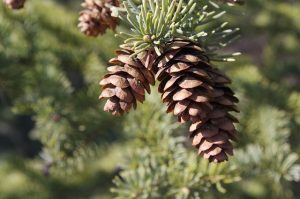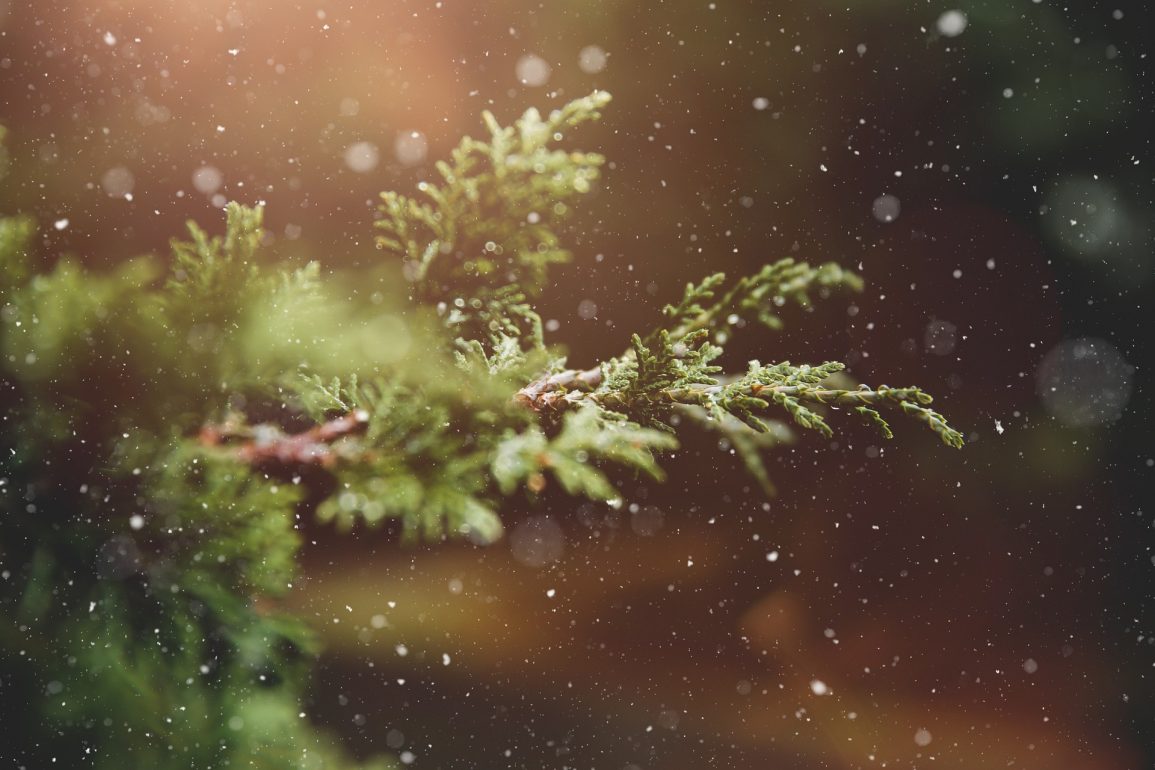The Winter Solstice – During the dates of December 21st or 22nd in the Northern Hemisphere and June 20th or 21st in the Southern Hemisphere, marks the two moments during the year when the path of the Sun in the sky is the farthest south in the Northern Hemisphere and farthest north in the Southern Hemisphere, known as The Winter Solstice. At this point, this day has the shortest daylight and the longest night due to the Sun travelling the shortest path through the sky.
The Winter Solstice marks the beginning of the Winter season. After the solstice, the days get longer. Many cultures celebrate this period as a time of rebirth. The Winter Solstice symbolises beginnings, cycles, rebirth, rest, gratitude, light and dark.
Yule (Christmas/ The Winter Solstice) was originally a Pagan celebration and is one of the oldest Winter celebrations in the world.
Yule was first celebrated as far as back as the fifth century by Germanic Pagans, as a midwinter festival to stave off the dark and cold and prepare for the long winter still to come.
Lighting candles and balefires (bonfires) was a typical Pagan tradition to lure the Sun back and celebrate the coming of lighter, brighter days. Farmers and locals would also assemble at the heathen temple, bringing food, ale, and livestock to be sacrificed, splattering the blood of the sacrificed animals over their altars, walls and themselves toasting to various gods.

Another ancient Yule-time ritual was Celtic druids giving mistletoe (commonly grown on oak trees) as a blessing to symbolise life during this darker period. They thought that the Sun stood still for 12 days during the darkest time of the year, so they would light logs to ward off evil and welcome in good fortune – now called the Yule log.
Many Pagan Winter Solstice traditions have been incorporated into Christmas celebrations due to Christianity spreading throughout Europe replacing the Pagan religions in the sixth and seventh century. However, many people were reluctant to give up all their festivals and rituals, so Christians decided to merge some of the Yule traditions.
Yule traditions have found their way into mainstream consciousness. A lot of these traditions that the Vikings, Germanic tribes, and people in pre-Christian Europe are so like the Christmas traditions of today that many people probably celebrate elements of it without even realising!
Meaningful rituals such as decorating a Yule tree, making gingerbread, making a Yule log, hanging up mistletoe, putting together an evergreen wreath and drinking mulled wine or spiced hot chocolate are all traditional Pagan customs that are used today to celebrate Winter and Christmas.
After the beautiful colours of Autumn, Winter is a huge contrast as the trees become bare, the temperature suddenly drops, and the natural world is dormant and still. The Winter season urges us to stop and rest which typically encourages us to start to look inward and focus our energies on ourselves more. This is the perfect time to work on inner healing as well as shadow work, where we can confront our darkness.
Rest is an important part of life but especially during this time. It is something that often gets overlooked or forgotten about. I am a firm believer of rest being productive. As the days get shorter and the nights get longer, our instinct is to slow down – don’t fight the urge, it is your body telling you what it needs!
The fast pace and busyness of the modern world can mean that our connection to the natural world is blurred and sometimes feels lost. But even if we don’t feel in tune with the natural world, it can never truly be gone. Slowing down, resting and being reflective is the best way to give yourself time and space to be present. Instead of fighting the urge of slowing down, accepting, and honouring these natural feelings will help build a stronger connection with the rhythm of the seasons.
Changing/ adapting with the seasons is a great way to deal with the highs and lows the year can throw at us. By journaling your experiences, moods, feelings, thoughts etc. relating to the season can help create a pattern that you can look back on every year, evaluating and reflecting on the good and bad things as well as the lessons learned and what you want to achieve in the future. It is a time to plant seeds and set goals and intentions for the coming year that will give opportunities for growth and development.


A physical way to connect to Winter is by decorating! Decorations such as pinecones, pine needles, Christmas trees, berries, holly, colours of white, red, green, and silver and candles are all great additions to add some festive cheer in your environment.
Bringing nature indoors symbolises rebirth and renewal and is a great way to connect to the earth and seasons better as well as it being a grounding element.
Yule/ The Winter Solstice is a time of calm and quiet energy, making it the perfect time for rest, recharging, and self-care.
Even though this time of year can be hectic and the run up to Christmas is stressful for a lot of people, remember to take some time out for yourself and listen to what your body is telling you. Try to enjoy this time with loved ones and what will be, will be. If you feel low or defeated during this time, take it as a chance to learn and grow.
Millennium Milli


